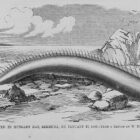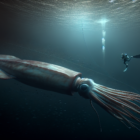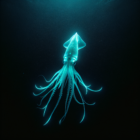Is the pistol shrimp dangerous?
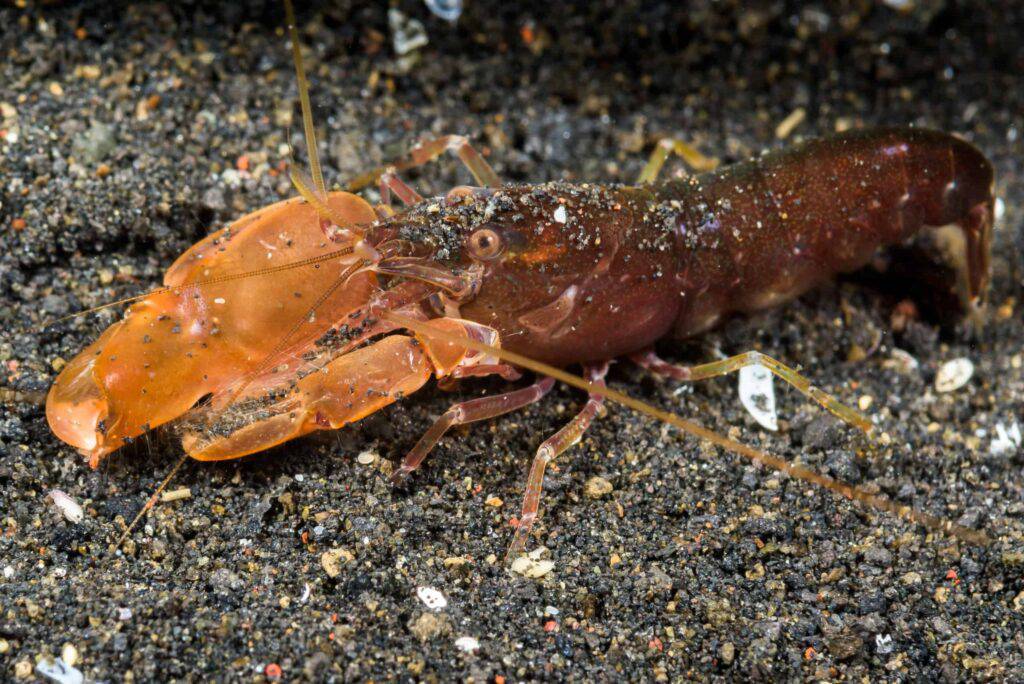
In the hidden depths of our oceans resides an unlikely contender for the title of the ocean’s most dangerous creature: the enigmatic pistol shrimp.
Unveiling the Pistol Shrimp
Belonging to the family Alpheidae, the pistol shrimp encompasses a diverse array of species, each uniquely adapted to its environment. At the heart of their prowess lies a remarkable appendage—a claw that has evolved into a biological marvel, earning them the moniker of the ocean’s most dangerous creature.
The hallmark feature of the pistol shrimp is its disproportionately large claw, which is as functional as it is iconic. This claw is a dynamic tool that serves a dual purpose: hunting and communication. In addition to its deadly applications, the claw is also used for signaling to other shrimp, forming an essential part of their intricate social interactions.
The pistol shrimp’s claw is a marvel of biological engineering. Consisting of two parts—the propus and the movable finger—the claw operates like a spring-loaded mechanism. The propus contains a specialized joint that, when released, generates the powerful snap responsible for the shrimp’s unique abilities. The snapping action is so swift that it creates a cavitation bubble, propelling the pistol shrimp into the realm of extraordinary underwater phenomena.
Sonic Boom Claw
The true marvel of the pistol shrimp lies in the extraordinary capabilities of its signature claw—a biomechanical masterpiece that transforms it into a living weapon. This unique appendage, resembling a miniature pistol, is no mere ornamentation; it is a precision tool finely tuned for the creation of shockwaves and the unleashing of underwater sonic booms.
The pistol shrimp’s claw operates with astonishing biomechanical precision. The secret lies in a specialized joint that acts as a latch, storing energy like a coiled spring. When the shrimp decides to strike, the latch releases, causing the two parts of the claw to snap shut at an incredible speed. This rapid closure displaces the water in front of the claw, creating a low-pressure zone that triggers the formation of a cavitation bubble.
The formation of the cavitation bubble is the pivotal moment in the pistol shrimp’s offensive arsenal. As the claw snaps shut, the water inside the low-pressure zone undergoes rapid expansion, leading to the creation of the bubble. In an instant, the surrounding water pressure causes the bubble to collapse violently, releasing an intense shockwave into the aquatic environment.
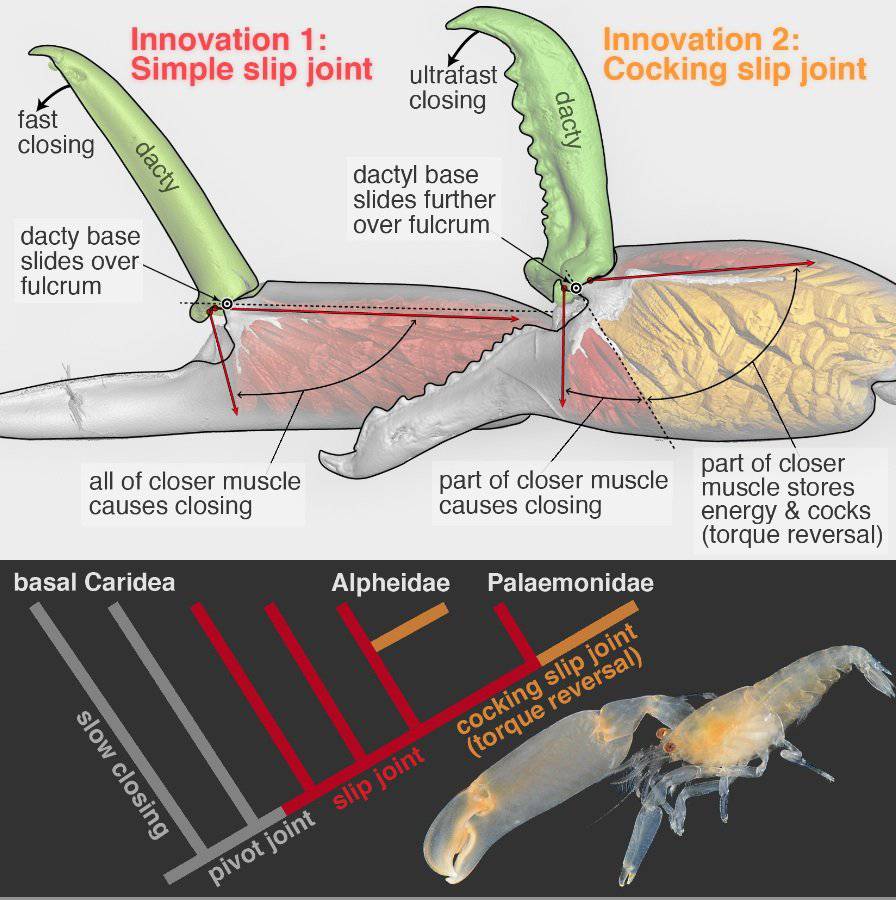
The Shockwave’s Impact
As the shrimp rapidly closes its specialized claw, it creates a low-pressure zone, inducing the formation of a cavitation bubble. This bubble is not a mere void but a dynamic entity, oscillating and expanding in response to the surrounding water pressure.
The climax of the pistol shrimp’s performance occurs when the cavitation bubble inevitably collapses. This implosion is not a silent event; it generates a shockwave that travels through the water, producing a sonic boom. The speed at which the claw closes—reaching velocities of up to 60 miles per hour—amplifies the intensity of the shockwave, making it a formidable force in the underwater realm.
The collapse of the cavitation bubble also gives rise to a mesmerizing display known as sonoluminescence. As the bubble collapses, it releases energy in the form of light and heat, creating a tiny, transient flash. In the dark abyss where sunlight struggles to penetrate, the pistol shrimp’s shockwave produces bursts of illumination—a literal flash of danger in the deep.
Hunting Strategies
Pistol shrimp are renowned for their precision in hunting. Using their lethal claws, they create shockwaves to disable or kill prey, including small fish and invertebrates. The ability to incapacitate prey from a distance grants the pistol shrimp the moniker of an underwater sniper.
The impact on prey is profound. Small fish and invertebrates in the shrimp’s vicinity are stunned or killed by the shockwave, making them easy pickings for the cunning predator. This lethal hunting strategy, akin to an underwater shockwave cannon, underscores the adaptability and resourcefulness of the pistol shrimp in securing its next meal.
The shockwave produced by the pistol shrimp’s claw is not confined to a two-dimensional plane. In the complex, three-dimensional environment of the ocean, the shockwave reverberates through the water, creating a symphony of pressure waves that can reach surprising distances. This three-dimensional impact enhances the shrimp’s ability to navigate and hunt effectively in its underwater domain.
Is the pistol shrimp dangerous to humans?
While the pistol shrimp possesses a powerful and unique hunting mechanism with its oversized claw and shockwave-producing abilities, it is generally not considered dangerous to humans. The primary reason for this is that the pistol shrimp is a small marine crustacean, usually measuring only a few inches in length. Its hunting adaptations are specialized for capturing and stunning small prey, such as small fish and invertebrates.
The sonic boom generated by the pistol shrimp’s claw is powerful within its immediate vicinity, but it is not directed or intended for use against larger organisms, including humans. The shrimp uses its remarkable ability for hunting and self-defense in the underwater environment, focusing on prey items appropriate for its size and ecological niche.
While encounters between humans and pistol shrimp are rare, it’s important to note that the shrimp’s defensive adaptations are not designed to harm larger creatures. The risk of harm to humans from a pistol shrimp is minimal, and any interactions would likely be harmless and incidental.

